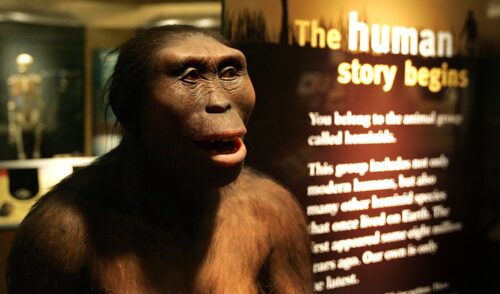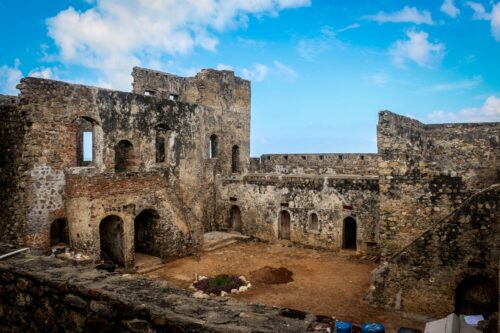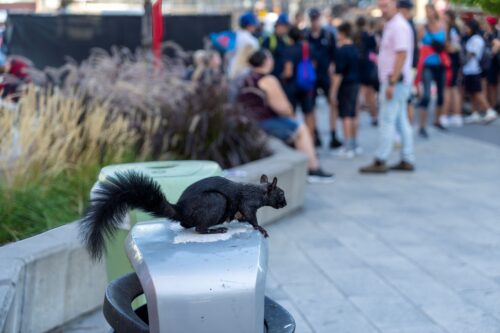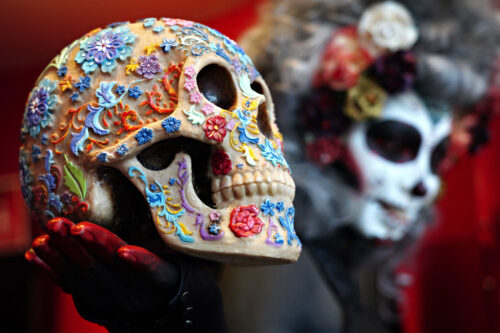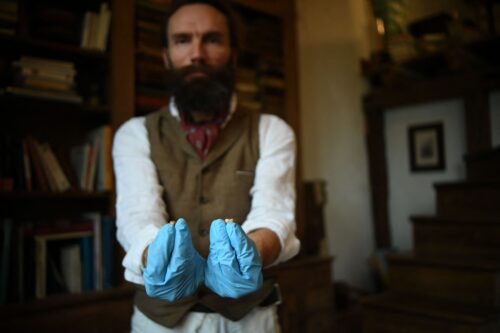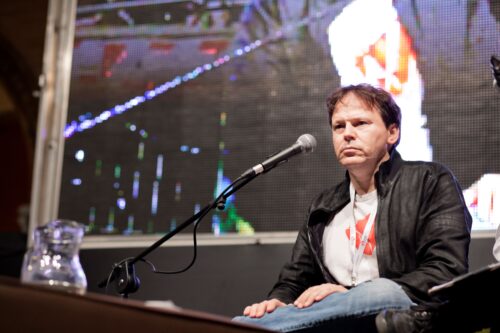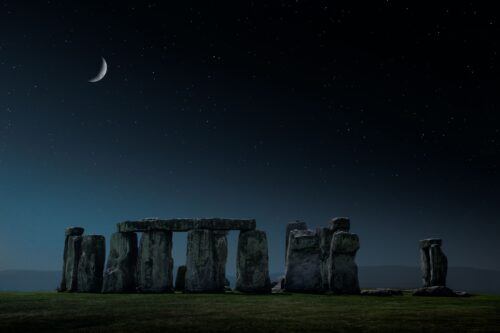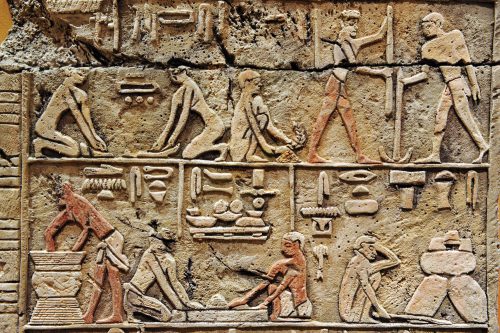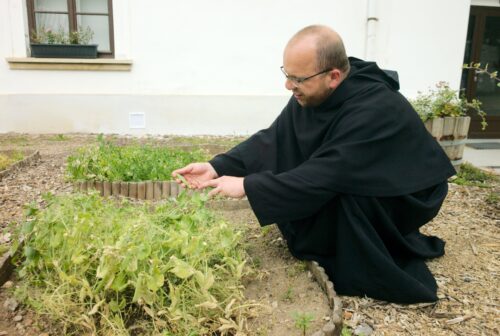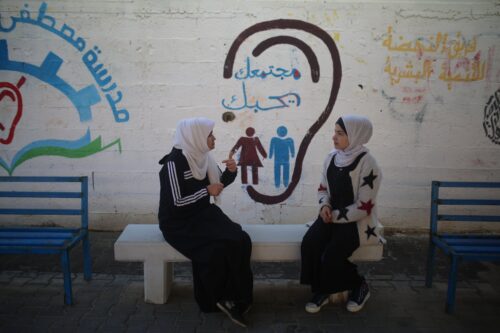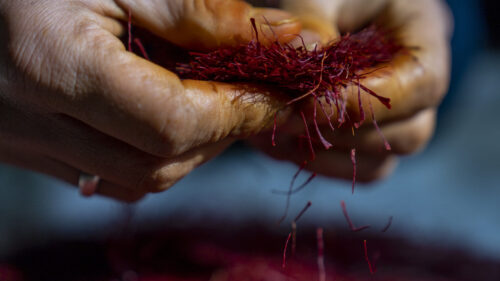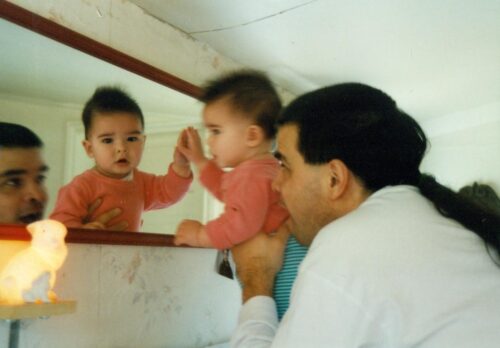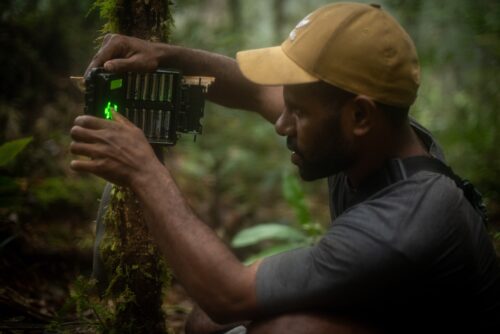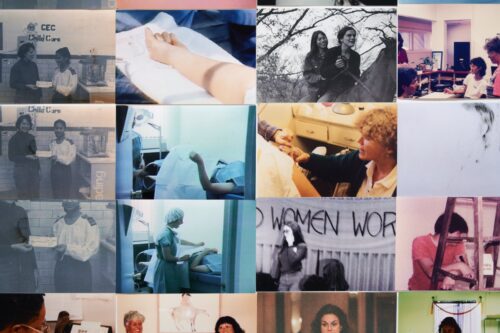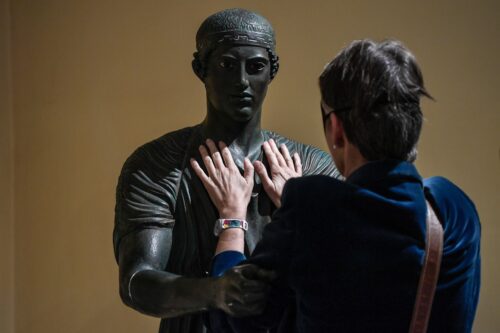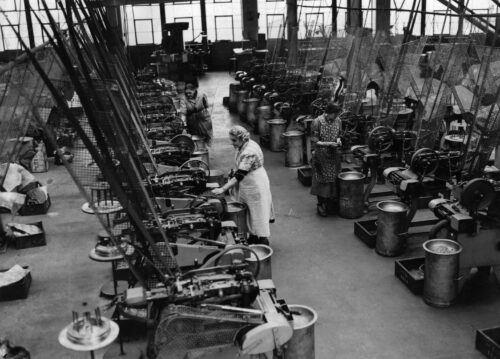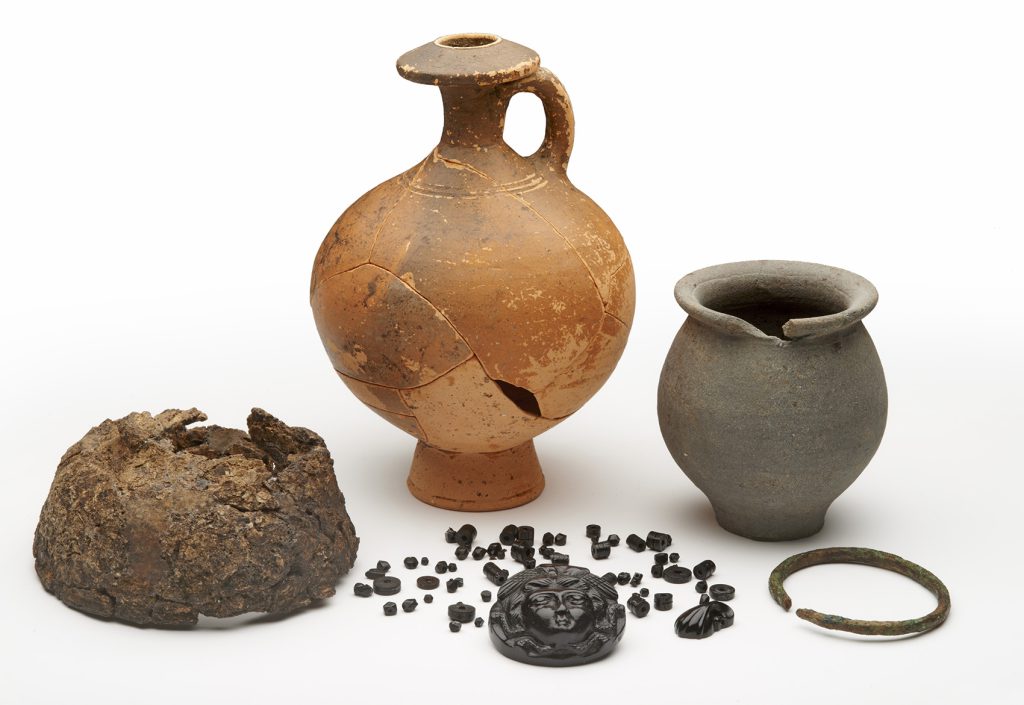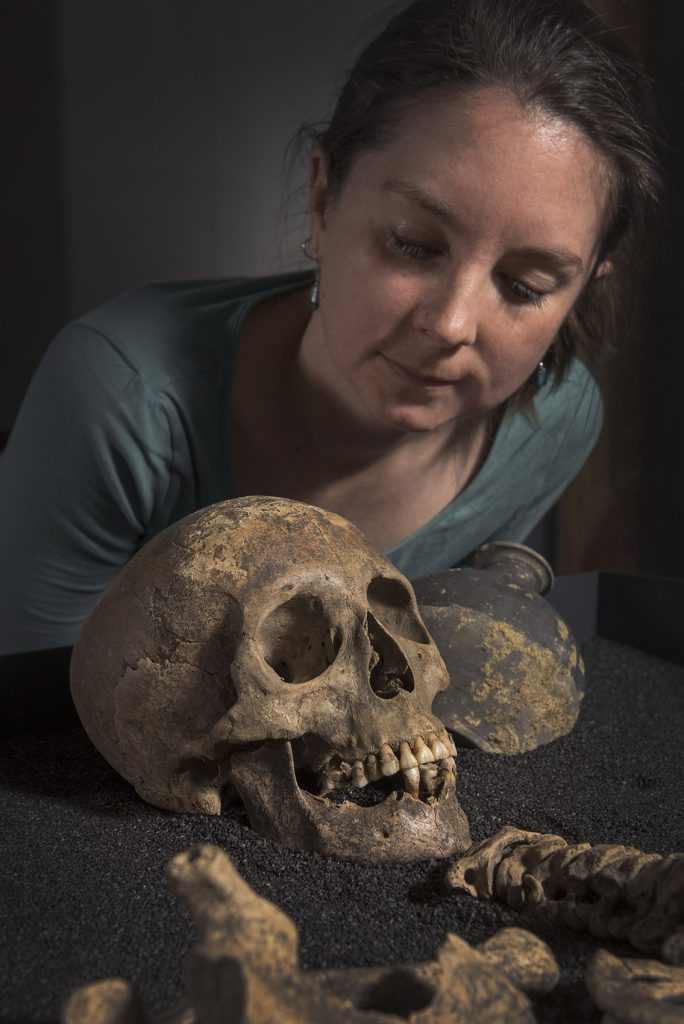The Myth of Racial Purity in Roman Britain
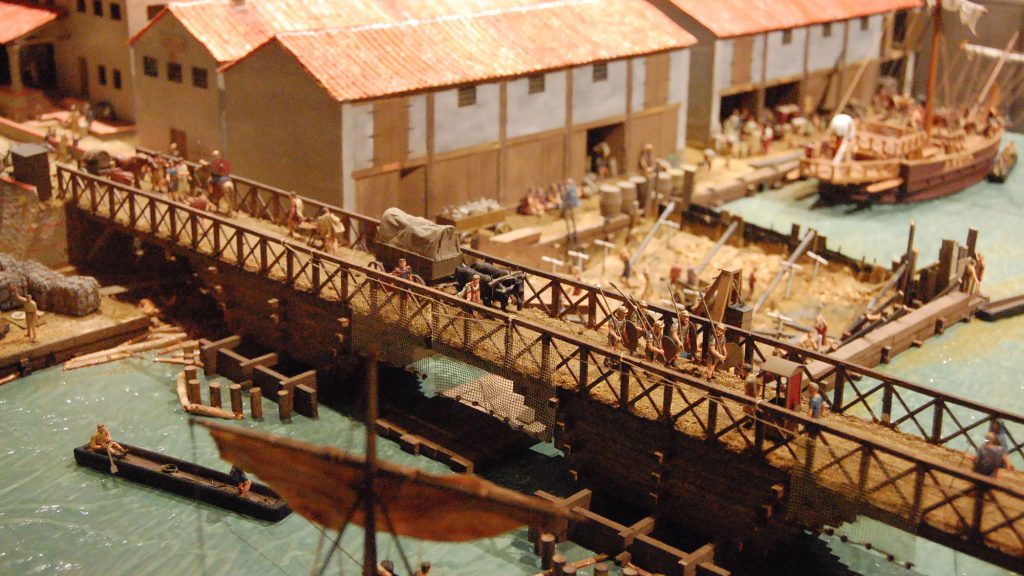
This article was originally published at The Conversation and has been republished under Creative Commons.
Please note that this article includes an image of human remains.
Our knowledge about the people who lived in Roman Britain has undergone a sea change over the past decade. New research has rubbished our perception of it as a region inhabited solely by white Europeans. Roman Britain was actually a highly multicultural society that included newcomers and locals with black African ancestry and dual heritage, as well as people from the Middle East.
For the most part, these findings have been welcomed by the public and incorporated by museums into displays and educational content. But, post-Brexit referendum and in an atmosphere of growing nationalism, they have also been rejected and ridiculed.
The research behind this dramatic change in our understanding comes from my field of bioarchaeology, a subfield of archaeology that focuses on the study of human remains using a variety of techniques drawn from osteology and forensics. Bioarchaeology’s aim is to understand the lives of past people in context, combining data about their skeleton with information about the society in which they lived.
We can investigate further than ever before by looking at people’s diet and childhood origin using light stable isotopes: naturally occurring chemicals, in drinking water and food sources, that are used by the body to make bones and teeth. We also use new techniques in analyzing ancient DNA to understand aspects of their physical appearance, diseases, and population affiliation. The new perspective on Roman Britain that this research has uncovered is explored in the Museum of London’s latest exhibition, which I helped curate.
People vs. objects
History is always subject to bias—what kind of bias and the scale of it just depends on the sources of evidence. There’s a dominance of male authored primary sources in the Roman period, for example, which distorts our perspective. One important source of information about the movement of people in the Roman period are inscriptions, particularly from tombstones. These show that people had come to Britain from the Mediterranean, France, and Germany. But this heavily skews our understanding towards men, people with a military connection, and elites.
But skeletons provide a unique perspective on the society and environment in which a person lived. These factors shaped their health, and bones and teeth retain this evidence, revealing information such as where they spent their early childhood. These are data sets that are therefore independent of many sources of bias. Bioarchaeological studies of Roman-period skeletons have really challenged knowledge based upon traditional sources of archaeological evidence.
Take evidence from material culture, such as jewelry. In the past, when items with a continental origin were found in a burial, all too often a direct connection was made between the origin of these items and the person laid to rest. Take the unique burial of a 14-year-old girl in Southwark (London) whose grave goods included glassware and a carved ivory clasp knife in the shape of a leopard—rare items with connections to the wider empire.
The original site report of the excavation suggested that the girl had come from Carthage, because of the leopard imagery and use of ivory. But intriguingly, later forensic ancestry, stable isotope, and aDNA analyses revealed that she grew up in the southern Mediterranean and then spent at least the last four years of her life in London. She had white European ancestry and blue eyes, and the genetic group to which her maternal DNA belonged was HV6, which is found today in southern and eastern Europe.
This case—and there are many others like it—demonstrates the importance of applying new scientific techniques to help solve these important archaeological questions. It also challenges a traditional overreliance on material culture to explore migration.
Discerning information from most burials is not very straightforward, reflecting the adage that “the dead don’t bury themselves”—families and social groups also make choices about the deceased’s funeral. Similar cases have been found elsewhere in Roman Britain, particularly at settlements with military garrisons.
Roman London
In London, these questions become more difficult to answer. Informally established by traders and merchants around A.D. 48, five years after the Claudian invasion, Londinium soon became the heart of the imperial administration for the territory.
Unlike many others in Britain, the majority of excavated burials in London either have locally made or British-made objects, or else none are present (wood and fabric rarely survive to discovery). And the few tombstones we have only survived because they were used to build the medieval city wall.
In this situation, where many hundreds of people remain anonymous in death, bioarchaeology is the only way to understand the nuances of this unique population. Many of these anonymous people included women and children who had traveled as free people or as slaves, from Italy and Germany as well as the southern Mediterranean. Only bioarchaeological methods allow us to unpack the true diversity of London’s population at this time. These methods have enabled us to show that people with black African ancestry traveled to and were born in London throughout the Roman period.
We have discovered, for example, that one middle-aged woman from the southern Mediterranean has black African ancestry. She was buried in Southwark with pottery from Kent and a fourth century local coin; her burial expresses British connections, reflecting how people’s communities and lives can be remade by migration. The people burying her may have decided to reflect her life in the city by choosing local objects, but we can’t dismiss the possibility that she may have come to London as a slave.![]()
The evidence for Roman Britain having a diverse population only continues to grow. Bioarchaeology offers a unique and independent perspective, one based upon the people themselves. It allows us to understand more about their life stories than ever before but also requires us to be increasingly nuanced in our understanding, recognizing and respecting these people’s complexities.

